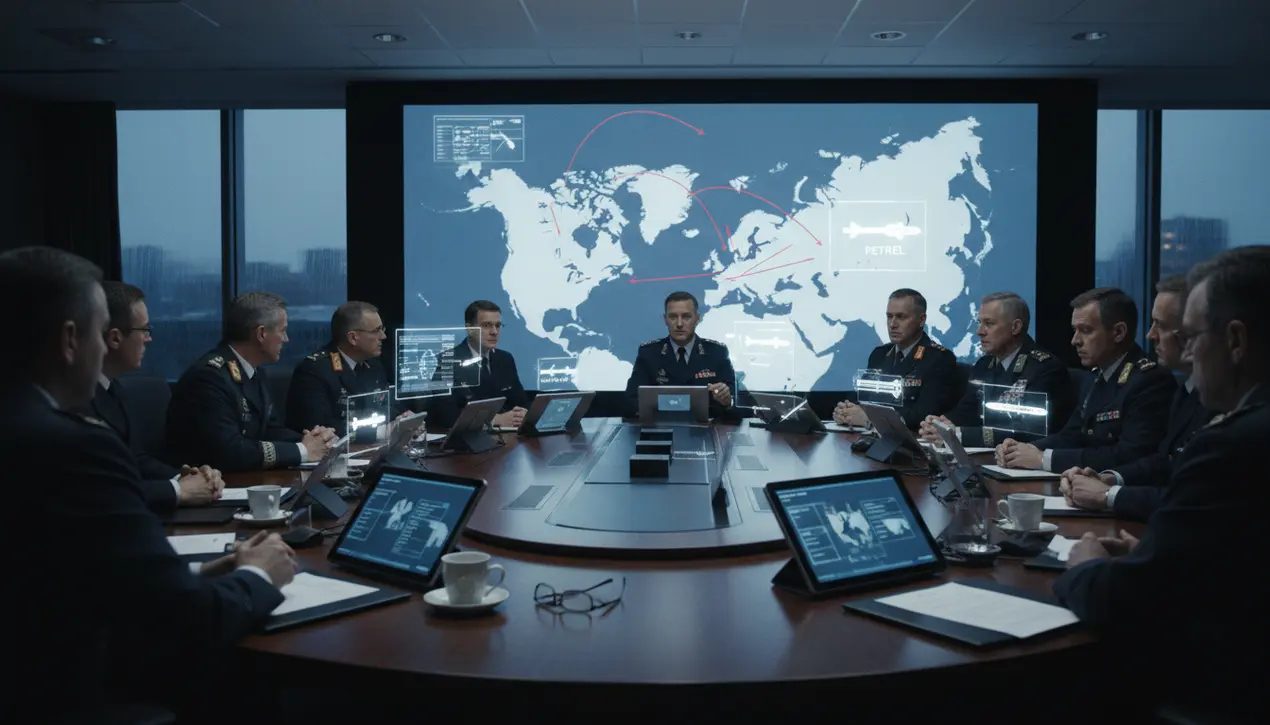
Politicsconflict & defenseMilitary Operations
NATO Concerned by Russia's New Nuclear-Capable Petrel Missile
OL
Oliver Scott
1 hour ago7 min read
The recent confirmation of Russia's Burevestnik missile—a nuclear-capable cruise weapon with a staggering 5,500-kilometer range—has triggered a palpable shift in the risk calculus at NATO headquarters, presenting a strategic challenge that echoes the most perilous chapters of the Cold War. This isn't merely another entry into an arms catalog; the Petrel, as it's ominously nicknamed, represents a fundamental leap in capability, a low-flying, terrain-hugging cruise missile designed to evade traditional radar networks and air defenses, thereby undermining the foundational deterrence posture of the Atlantic alliance.Its development, persistently pursued despite earlier publicized test failures, signals a clear intent from the Kremlin to diversify its strategic strike options beyond the well-documented hypersonic systems like the Avangard, creating a multi-vector threat that complicates defensive planning exponentially. Analysts are now gaming out worst-case scenarios: a flight path skirting the polar ice cap that could place North American command centers within reach, or a deployment in Kaliningrad that would dramatically compress warning times for European capitals.The core concern isn't just the weapon's physical characteristics but its potential for crisis instability; in a tense standoff, the difficulty in distinguishing a conventional from a nuclear-armed Petrel could force decision-makers into catastrophic split-second choices. This development must be viewed within the broader context of Russia's systematic withdrawal from arms control frameworks, from the Intermediate-Range Nuclear Forces (INF) Treaty to the New START, creating an unchecked environment for such systems to proliferate.The NATO response will likely involve an accelerated push for next-generation integrated air and missile defense, increased forward deployment of sensor platforms, and intensified diplomatic efforts to shore up cohesion among member states whose threat perceptions vary from the Baltic front lines to more southerly flanks. However, the Petrel ultimately symbolizes a return to an era of nuclear saber-rattling where ambiguity and the threat of first use become tools of statecraft, a dangerous gambit that risks miscalculation on a scale not seen in decades.
#NATO
#Russia
#Burevestnik missile
#nuclear weapons
#military technology
#defense
#featured
Stay Informed. Act Smarter.
Get weekly highlights, major headlines, and expert insights — then put your knowledge to work in our live prediction markets.
Comments
Loading comments...
© 2025 Outpoll Service LTD. All rights reserved.